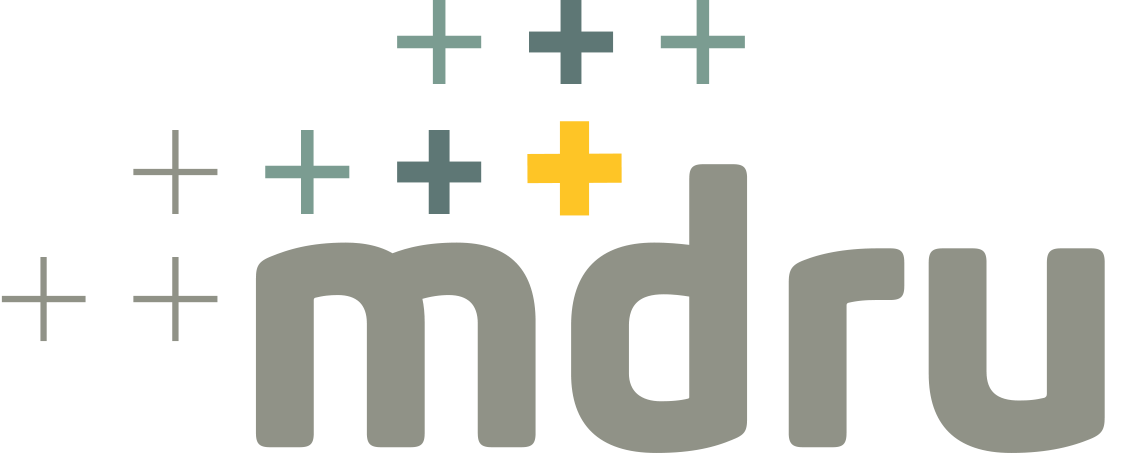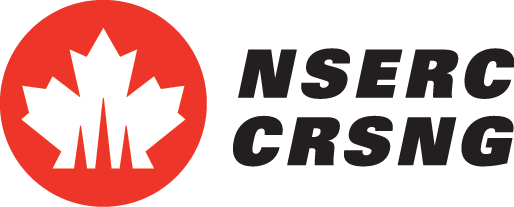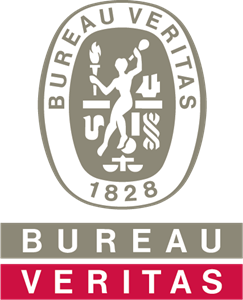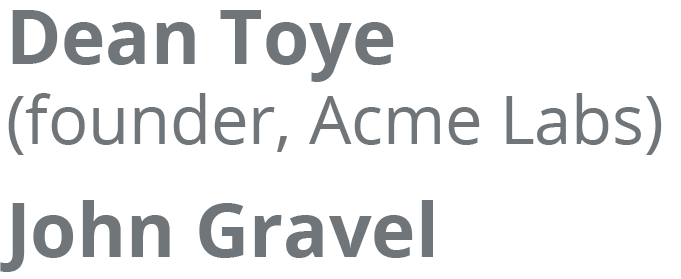Project Information
- Ore Deposit: Kimberlite, Porphyry, VMS
- Research Themes: Exploration Methods
- Location: British Columbia, Northwest Territories, Chile
- Project Status: Active
- Students: Pearce Luck, Bianca Iulianella Phillips, Ryan Shaw, Andrew (Andy) Wickham
- Start Date: 2013
MDRU's Exploration Geochemistry Initiative provides leadership and resources to significantly increase the amount and quality of research and training in the discipline of mineral exploration geochemistry. The initiative was spearheaded and supported by the industry, UBC, Acme Labs, Bureau Veritas, John Gravel and NSERC.
Funding for this initiative was provided by $1.4M in generous industry sponsorship that was subsequently leveraged to engage $1.25M in NSERC funding of an Industrial Research Chair and research program in Exploration Geochemistry.
The initiative’s goal is to utilize new research to develop new mineral exploration tools and strategies to increase the effectiveness of exploration for buried and blind deposits.
This initiative has three modules:
- A Research Chair in Exploration Geochemistry will be established at UBC. The Chair provides the leadership and innovation required to establish a robust research foundation in the field of Exploration Geochemistry, including project design, graduate student supervision, interactions with the industry, with contributions to undergraduate and graduate teaching. The first Chair was Professor Peter Winterburn as the NSERC/AcmeLabs/Bureau Veritas Minerals Research Chair in Exploration Geochemistry.
- A robust research program will be established to understand element mobility and transport through the surficial environment, specifically from buried and blind deposits, and to develop new mineral exploration techniques and strategies. This will be accomplished by establishing well-funded and dynamic research group consisting of Post-Doctoral Fellows, Doctoral and Masters level graduate students.
- Provision of education, training and professional development opportunities in the field of exploration geochemistry. An emphasis on the teaching of practical field skills will be achieved through short courses, workshops and field courses for students and industry.
Research is encouraged to be interdisciplinary with within and beyond UBC. Integration across disciplines to soil science, groundwater, biology, forestry, glacial geology and environmental, and with industry, government and academia are strengths of the Initiative.
Download the Exploration Geochemistry Initiative flyer
Keynote Publications
Winterburn, P.A. Noble, R.R.P., Lawie, D. (2017): Advances in Exploration Geochemistry, 2007 to 2017 and Beyond. Geochemistry Paper 34; In “Proceedings of Exploration 17: Sixth Decennial International Conference on Mineral Exploration” V. Tschirhart and M.D. Thomas (eds), p. 495–505. Download paper.
Winterburn, P.A., 2015. Facts, Figures and Fumes: Geochemistry and the Search for Concealed Mineral Deposits. Presented at the International Applied Geochemistry Symposium, Phoenix, Arizona, p. 1-5.
Download paper.
Winterburn Research Program
Development of 3-D models of the principle factors implicit in the formation, dispersion and preservation of geochemical inorganic, organic and biological anomalies in transported overburden and the development of exploration methodologies for their detection. The research is being developed with the concept of understanding the source; release of trace elements or compounds from the source; transportation of those components through the overburden and the processes controlling these pathways; subsequent capture and preservation of the anomalous signal at the surface; potential mechanisms for generation of responses at the surface cognisant of mineralisation but without requiring the physical movement of organic or inorganic material to the surface. The research is aimed at developing robust models for the generation of anomalous responses and discrimination from false anomalies that can be applied to exploration Geochemistry with the development of applicable, practical, robust and cost effective methodologies.
Mineralogical Association and Speciation of Chemical Elements in Near Surface Soils over Exotic Overburden and their Extraction by Partial Digests. The physical mode of occurrence, form and speciation of commodity and pathfinder elements in exotic soils above concealed mineralisation. Chemical, physical and biological controls on their generation and preservation. Development of target specific reagents to extract anomalous components and maximise their contrast against background.
Generation of Complex Hydrocarbon Signatures in the Near Surface Environment over Mineralisation. Identification of the physiochemical and biological features responsible for the generation of complex hydrocarbons in relationship to changing geological environments concealed by exotic cover. Discrimination of anomalous features related to purely lithological non-economic changes from those related to economic sulphide or non-sulphide associations.
Physical Process of Element Transportation through the Overburden. Evaluation of potential mechanisms and processes by which anomalous element signatures are generated at the surface of exotic overburden as a consequence of the presence of mineralisation at depth. Influence of Redox and Spontaneous Potential fields; microbiological involvement, Observational and experimental evaluation.
Active Thesis Projects
Microbes as a Mineral Exploration Tools
Bianca Phillips, MSc candidate, started Sept 2017, completed May 2020
Partial Extraction Geochemistry Applied to Mineral Exploration
Ryan Shaw, MSc candidate, started Sept 2017
Hydrocarbons as Mineral Exploration Discovery Tools for non-Hydrocarbon-bearing Mineralization
Pearce Luck, MSc candidate, started Sept 2017
See project page at https://www.mdru.ubc.ca/projects/organic-compounds-in-soil-as-mineral-deposit-pathfinders/
Lithogeochemistry and Till Chemistry as Tools to Discover Concealed Kimberlites
Andrew Wickham, MSc candidate, started Sept 2017
See project page at https://www.mdru.ubc.ca/projects/till-geochemistry-and-lithogeochemical-exploration-for-concealed-kimberlites/
Thesis Completions
Geochemical mapping of porphyry deposits and associated alteration through transported overburden
Shane Rich, MSc, 2016
This project was supported by the MDRU Exploration Geochemistry Initiative.
The development of surface geochemical technologies for the detection of kimberlites concealed by glacial drift in the Northwest Territories, Canada
Erika Cayer, MSc, 2017
This project was supported by the MDRU Exploration Geochemistry Initiative.
Modelling geochemical dispersion above a buried polymetallic volcanogenic massive sulphide deposit in a recently glaciated terrain
Matt Bodnar, MSc, 2017
This project was supported by the MDRU Exploration Geochemistry Initiative.
Surficial geochemical tools for Cu-Mo porphyry exploration in till-covered terrain
Rachel Chouinard, MSc, 2018
This project was supported by CMIC Footprints NSERC/industry consortium.
Geochemical Sampling Strategies for Discovering Buried Copper Porphyries, Atacama Desert, Chile
Alexandra Brown, MSc, 2018
This project was supported by the industry-supported MDRU Discovery Tools for Buried Copper Deposits in the Atacama Desert project.
See project page at https://www.mdru.ubc.ca/projects/copper-atacama-chile/
Thallium Mineralogy of the Taron Epithermal Cesium Deposit, Argentina: Implications for Economics, Mining, Metallurgy and the Environment
Taylor Ledoux, BSc, 2019
This project was supported by the MDRU Exploration Geochemistry Initiative and Cascadero Copper Corp.
See project page at https://www.mdru.ubc.ca/projects/talon-thallium-cesium-epithermal-deposit/
Geochemical Variations of physicochemical, organic and inorganic chemistry at the detailed sampling scale
Ana Christina Lopez Lopez, BSc Universidad de Guanajuato, 2015
This project was supported by the MDRU Exploration Geochemistry Initiative and Mitacs Globalink Research Internships.
The Foundations of Exploration Geochemistry Research at UBC
UBC has been a leader in exploration geochemistry research with a rich history that has been developing for more than 60 years. UBC Professor Harry Warren (1905-1998; Emeritus 1974) was a pioneer in the development of the discipline, in analytical techniques and strategies since the 1930s. He established interdisciplinary geochemical studies by linking biology, geology and chemistry, and by evaluated soils, plants and animals as geochemical representatives of the earth and its underlying resources. He was also among the first to recognize the relationships of trace elements in soil with the health of people living on that soil. These achievements were recognized by the Order of Canada, the Royal Society and the Canadian Mining Hall of Fame. More on the AAG website.
Professor Alistair Sinclair (Emeritus 1999) contributed significantly to the development of numerical and statistical applications of Exploration Geochemistry data. Most notably was the utilization and interpretive benefits of probabilistic graphs of geochemical data.
Professor Kay Fletcher (Emeritus 2003) provided an improved understanding of stream silt geochemistry in various climates and ore environments that now provides a foundation for most regional geochemical exploration programs.
Professor Peter Winterburn was the NSERC/AcmeLabs/Bureau Veritas Minerals Executive Industrial Research Chair in Exploration Geochemistry (2013-2019). He advanced the understanding of causes of geochemical anomalies in glacial materials, the migration of materials through transported cover, and foundational work on genomic signatures of soils above mineralized environments.
UBC’s leadership in Exploration Geochemistry research and training is widely recognized as contributing to the foundations of the Exploration Geochemistry profession and advancing the discovery of mineral deposits.






